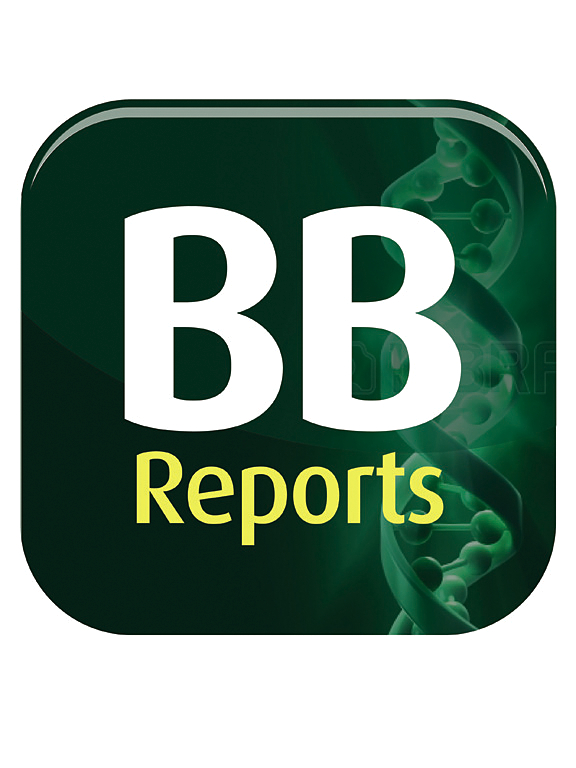Targeting tryparedoxin-dependent peroxidase (TXNPx) enzyme to identify repurposing drug candidates from FDA-approved drugs and natural products using virtual screening, ADME/Tox and MD simulations
IF 2.2
Q3 BIOCHEMISTRY & MOLECULAR BIOLOGY
引用次数: 0
Abstract
Protozoan are parasitic organisms that can cause significant diseases worldwide, such as Chagas disease, African sleeping sickness, and Leishmaniasis. In this study, we performed docking studies on type II tryparedoxin-dependent peroxidase (PDB ID: 2VUP) using a Zinc database having natural products library and FDA-approved drugs. The top compounds identified are F1762–0560, F1855-0030, FDA_339, FDA_461, tetrahydrobenzo-tetraphenoxirene, and ketoconazole. These compounds were further performed the molecular dynamics simulations studies. The docking results has suggested that top Docking Scores compounds are F17620560 (−8.6 kcal/mol), F1855-0030(−7.8 kcal/mol), FDA_339 (−7.0 kcal/mol), FDA_461 (−7.0 kcal/mol), tetrahydrobenzo-tetraphenoxirene (−7.5 kcal/mol) and, ketoconazole (−6.7 kcal/mol). The common binding affinity amino acids are SER 37, LYS 38, CYS 39, LYS 43, GLU 81 and PHE 85. The top scoring compounds (F1762-0560) has showed interactions with the target protein through hydrogen bonding and stacking interactions, particularly with SER 37, CYS 39, and LYS 43. We further investigated the stability of six ligand-TXNPx complexes over 200 ns. The results indicated good structural stability (RMSD: 0.05–0.20 nm; Rg: 1.45–1.52 nm), with F0556–0242 and F1762-0560 showing the least fluctuations. FDA_461 has the most hydrogen bonds (up to 5), while Ketoconazole was more flexible (RMSD peak: 0.25 nm). These findings suggest that F0556–0242, F1762-0560, and FDA_461 are promising candidates.

利用虚拟筛选、ADME/Tox和MD模拟,靶向胰蛋白酶依赖过氧化物酶(TXNPx)酶,从fda批准的药物和天然产物中识别再利用候选药物
原生动物是一种寄生生物,可在世界范围内引起重大疾病,如恰加斯病、非洲昏睡病和利什曼病。在本研究中,我们使用具有天然产物库和fda批准药物的Zinc数据库对II型锥红素依赖性过氧化物酶(PDB ID: 2VUP)进行对接研究。鉴定出的最高化合物为F1762-0560、F1855-0030、FDA_339、FDA_461、四氢苯四苯氧乙烯和酮康唑。进一步对这些化合物进行了分子动力学模拟研究。对接结果表明,对接分数最高的化合物为F17620560(−8.6 kcal/mol)、F1855-0030(−7.8 kcal/mol)、FDA_339(−7.0 kcal/mol)、FDA_461(−7.0 kcal/mol)、四氢苯四苯氧乙烯(−7.5 kcal/mol)和酮康唑(−6.7 kcal/mol)。常见的结合亲和氨基酸有SER 37、LYS 38、CYS 39、LYS 43、GLU 81和PHE 85。得分最高的化合物(F1762-0560)通过氢键和堆叠相互作用与目标蛋白相互作用,特别是与SER 37、CYS 39和LYS 43相互作用。我们进一步研究了6种配体- txnpx配合物在200 ns内的稳定性。结果表明:结构稳定性好(RMSD: 0.05 ~ 0.20 nm;Rg: 1.45-1.52 nm), F0556-0242和F1762-0560波动最小。FDA_461具有最多的氢键(最多5个),而酮康唑更灵活(RMSD峰:0.25 nm)。这些发现表明F0556-0242、F1762-0560和FDA_461是有希望的候选药物。
本文章由计算机程序翻译,如有差异,请以英文原文为准。
求助全文
约1分钟内获得全文
求助全文
来源期刊

Biochemistry and Biophysics Reports
Biochemistry, Genetics and Molecular Biology-Biophysics
CiteScore
4.60
自引率
0.00%
发文量
191
审稿时长
59 days
期刊介绍:
Open access, online only, peer-reviewed international journal in the Life Sciences, established in 2014 Biochemistry and Biophysics Reports (BB Reports) publishes original research in all aspects of Biochemistry, Biophysics and related areas like Molecular and Cell Biology. BB Reports welcomes solid though more preliminary, descriptive and small scale results if they have the potential to stimulate and/or contribute to future research, leading to new insights or hypothesis. Primary criteria for acceptance is that the work is original, scientifically and technically sound and provides valuable knowledge to life sciences research. We strongly believe all results deserve to be published and documented for the advancement of science. BB Reports specifically appreciates receiving reports on: Negative results, Replication studies, Reanalysis of previous datasets.
 求助内容:
求助内容: 应助结果提醒方式:
应助结果提醒方式:


